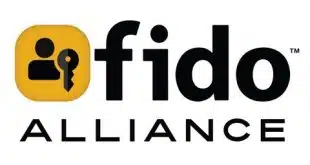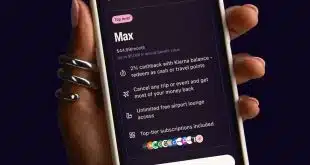Remember host card emulation? You might have lost sight of this variant of mobile payments based on near-field communication amid the flood of publicity Apple Inc.’s SIM-based Apple Pay service generated this fall. But HCE never went away, and now Royal Bank of Canada is making a bid to put it in the headlines again.
Canada’s second-largest bank by assets, Toronto-based RBC has launched a pilot for an enhancement to its mobile app that uses HCE to provision consumer wallets. The test, which includes just under 100 bank employees using Canada’s Interac debit card, is set to run until spring and will likely result in a rollout to RBC’s customers shortly after ending, Jeremy Bornstein, head of payment innovations at the banking giant, tells Digital Transactions News. That will potentially make the mobile service available to 11.5 million card-holding consumers.
Though RBC says the pilot is the first HCE service offered by a North American financial institution, Bornstein says it is intended to gauge users’ experience with loading card credentials to their mobile wallets. “People will see a much faster provisioning experience,” he says.
Faster means well under a couple of minutes. With RBC’s SIM-based service, which has been commercially available since January, the bank has found users can load credentials in less than two minutes 98% of the time. Not only should HCE beat that, “we expect a zero-percent failure rate,” says Bornstein.
With HCE, banks and other issuers can let consumers load wallets with tokenized downloads from a cloud server rather than store card details on a SIM card embedded in the phone. This method of bypassing the SIM for NFC payments has been theoretically possible for years but became widely practical with Google Inc.’s late 2013 launch of version 4.4 of its Android mobile-operating system, which included HCE.
Issuers have responded enthusiastically to HCE because it allows them to create mobile apps that don’t depend on business arrangements with mobile carriers or handset makers, the entities that typically control the SIM. “With HCE, you don’t even need to be with a telco and you don’t need a SIM card,” notes Bornstein.
Among other features, RBC’s cloud technology allows users to load credit and debit cards (in Canada, consumers typically hold credit and debit cards from the same institution) and switch between them “at will,” says Bornstein. The service also automatically updates cards when they expire, he says. Altogether, the bank’s customers hold 9.5 million debit cards and 6.5 million credit cards.
But, while the SIM-based version of NFC may be onerous for issuers, HCE has its limitations, as well. One of the most notable of these, observes Bornstein, is that only customers equipped with phones using Android 4.4 or a later version can use the service. These devices account for 34% of all Android phones and tablets, according to Google. At the same time, more than half of RBC’s mobile-banking customers use iPhones, he says. Still, he’s not discouraged. “So, we’re not going to get to 100% of the Android base, but [coverage] been very good,” he says.
For the pilot, RBC is relying on Interac’s Flash contactless technology, which competes with similar systems from Visa Inc. and MasterCard Inc. The two network giants will ultimately be added to the service, Bornstein says.
HCE backers reacted to the pilot, and RBC’s involvement, with enthusiasm. “RBC is a very innovative bank, probably one of the most in North America,” says Doug Yeager in an email. Yeager is founder of SimplyTapp, the Austin, Texas-based startup that developed HCE for Google. “The people there are smart and know the direction they want to go,” he adds, “and have methodically blazed the trail to be the leader for their clients.”



